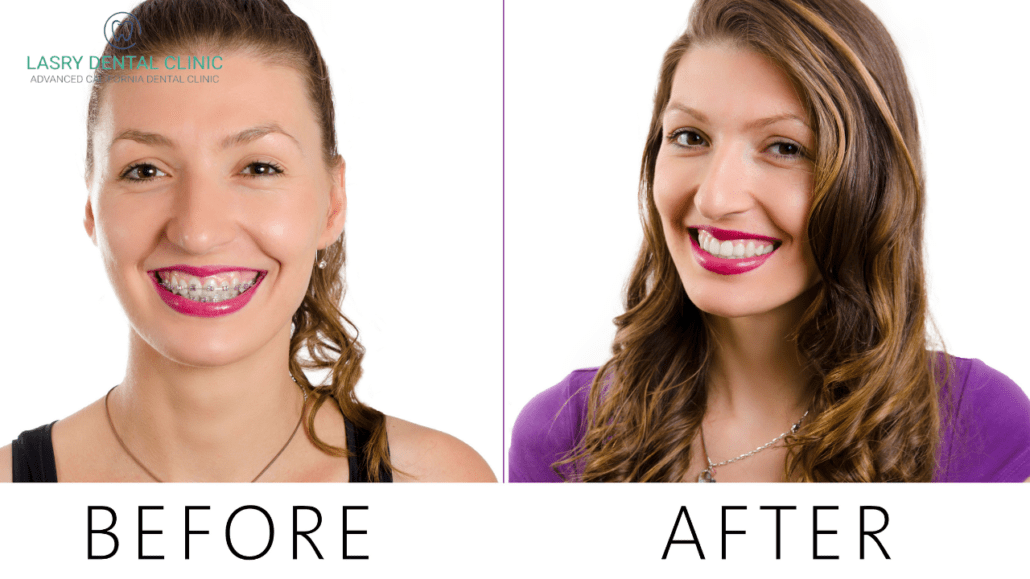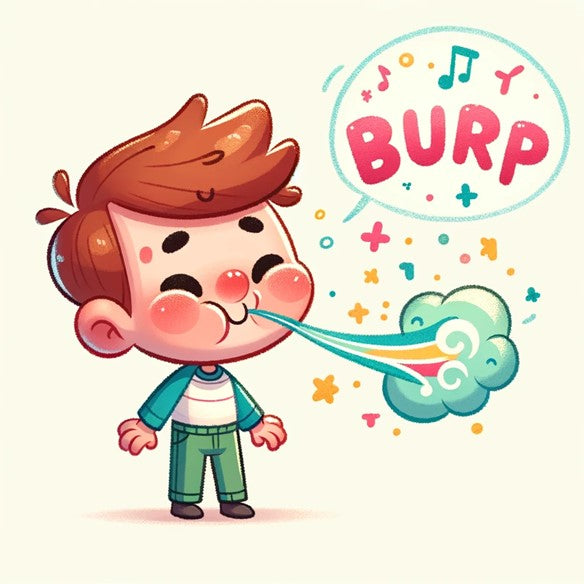Teeth After Braces

After months or even years of wearing braces, the day finally arrives when they are removed, revealing a beautifully aligned smile. However, the journey to achieving and maintaining this perfect smile doesn’t end there. Teeth after braces require special care to ensure the results of orthodontic treatment last a lifetime. Understanding the importance of post-braces care, the potential challenges that may arise, and the steps to maintain a healthy, straight smile is crucial for anyone who has undergone orthodontic treatment.
Immediate Post-Braces Care
Immediately after the braces are removed, the teeth and surrounding gums may feel sensitive. This sensitivity is usually temporary and can be managed with gentle oral care practices. The orthodontist may provide a detailed guide on how to care for the teeth in the initial period following the removal of braces. This often includes using a soft-bristled toothbrush, a fluoride toothpaste, and an antibacterial mouthwash to keep the teeth and gums clean and healthy.
Dealing with Sensitivity
Sensitivity after braces can be due to several factors, including the removal process itself, the revelation of the natural shape and size of the teeth once the braces are off, or the adjustment to a new biting position. To manage sensitivity, patients are advised to:
- Use Desensitizing Toothpaste: Toothpastes designed for sensitive teeth can help alleviate discomfort by blocking the dentinal tubules in the teeth, reducing the transmission of pain signals.
- Avoid Extreme Temperatures: Consuming foods and beverages at extreme temperatures can exacerbate sensitivity. Eating and drinking items at moderate temperatures can help minimize discomfort.
- Practice Good Oral Hygiene: Keeping the teeth clean through regular brushing and flossing is crucial. This not only helps in reducing sensitivity but also in preventing any post-treatment complications.
Retainers: The Key to Long-Term Success
One of the most critical components of post-braces care is the use of retainers. Retainers are custom-made devices designed to keep the teeth in their new position after orthodontic treatment. They can be fixed (bonded to the back of the teeth) or removable and are typically worn full-time for the first year after treatment, followed by nighttime wear for several years or even a lifetime.
Types of Retainers
- Fixed Retainers: These are thin wires bonded to the back of the lower front teeth and sometimes the upper front teeth. They are not visible from the front and provide a permanent solution to keeping the teeth straight.
- Removable Retainers: As the name suggests, these can be taken out of the mouth for cleaning and during certain activities. Removable retainers can be made of clear plastic (similar to Invisalign aligners) or have a metal wire that goes across the front of the teeth, attached to an acrylic base.
Maintaining a Straight Smile
Beyond the use of retainers, several practices can help in maintaining the alignment and health of the teeth:
- Regular Dental Check-Ups: Continuing to see the dentist regularly for check-ups and cleanings is vital for monitoring the health of the teeth and gums and addressing any potential issues early on.
- Good Oral Hygiene: This includes brushing at least twice a day, flossing once a day, and using an antibacterial mouthwash to keep the mouth clean and prevent decay and gum disease.
- Dietary Choices: Limiting sugary and acidic foods and drinks can help prevent erosion and decay, which can affect the alignment and appearance of the teeth over time.
- Avoiding Bad Habits: Habits such as biting nails, chewing on pens, or using teeth as tools can exert unnecessary pressure on the teeth, potentially causing them to shift out of alignment.
Addressing Potential Challenges
Despite the best care, some challenges may arise after braces are removed. These can include:
- Relapse: This is when the teeth start to move back towards their original position. Regular retainer wear and follow-up appointments with the orthodontist can help identify and address relapse early.
- Gum Recession: Poor oral hygiene or excessive forces on the teeth can lead to gum recession, exposing the roots of the teeth. This can be prevented with meticulous oral care and regular dental check-ups.
- Tooth Decay or Erosion: Neglecting oral hygiene or consuming high amounts of sugar and acid can lead to decay or erosion, affecting the appearance and health of the teeth.
Conclusion
Achieving a straight, healthy smile through orthodontic treatment is a significant milestone, but it’s just the beginning. The real challenge lies in maintaining this smile over the years. By understanding the importance of post-braces care, being diligent with retainer wear, maintaining good oral hygiene, and making smart dietary choices, individuals can ensure their smile remains vibrant and healthy for a lifetime. Regular check-ups with the orthodontist and dentist are also crucial for monitoring the health and alignment of the teeth, addressing any challenges promptly, and enjoying the full benefits of orthodontic treatment.
Frequently Asked Questions
How long do I need to wear retainers after braces are removed?
+Typically, retainers are worn full-time for the first year after the removal of braces, followed by nighttime wear for several years or even indefinitely to ensure the teeth remain in their new position.
Can I eat normally after getting my braces removed?
+Yes, once the braces are removed, you can eat normally. However, it’s recommended to avoid certain foods that could potentially harm your teeth or the retainer, such as sticky or hard foods, for a short period.
How do I clean my retainer?
+Cleaning your retainer involves soaking it in a denture cleaner or a mixture of equal parts water and white vinegar, and then brushing it gently with a soft-bristled toothbrush. Regular cleaning helps prevent the buildup of bacteria and keeps the retainer fresh.
What happens if I forget to wear my retainer?
+Forgetting to wear your retainer, especially in the initial period after braces removal, can lead to the teeth shifting back towards their original position. If you forget, put the retainer back in as soon as you remember. Consistency is key to maintaining the alignment achieved through orthodontic treatment.
Can I get a dental cleaning with a fixed retainer?
+Yes, having a fixed retainer does not prevent you from getting a dental cleaning. Your dentist or hygienist will work around the retainer to clean your teeth thoroughly, ensuring the health and hygiene of your mouth are maintained.
